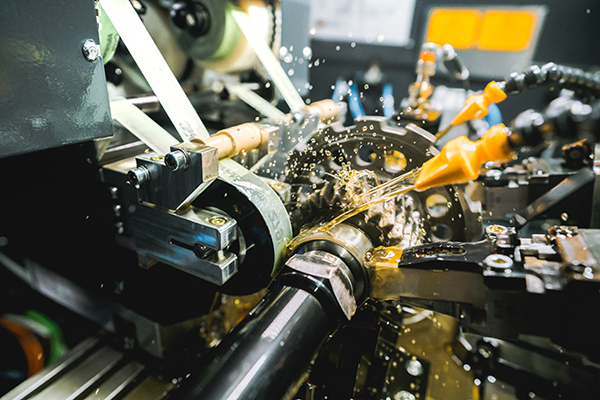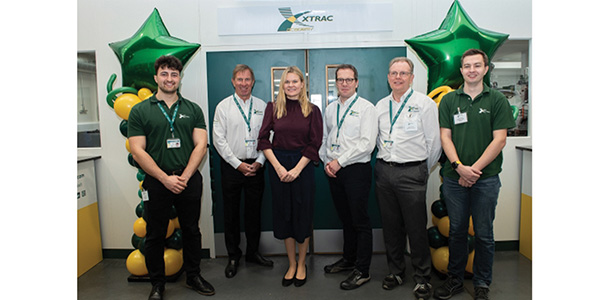
With the increasing spread of electric vehicles, the issue of smooth running is gaining importance and driving demand for superfinishing technology. A case in point: automotive supplier ZF in Thyrnau is today using a NaShaft Eco 612 superfinishing centre from Nagel for e-transmission shafts.
“This machine proved to be the best system for our application,” explains the process planner responsible on site. “It is loaded by a gantry loader through the roof hatch and will be fully integrated into a belt linking system at a later stage,” he says, outlining the automation concept.
Christian Feuchter, technical sales at Nagel, adds: “The NaShaft series is a highly flexible machine platform with a modular design and is therefore a cost-effective solution.”
ZF uses the NaShaft Eco 612 for various transmission shafts with overall lengths from 150 to 380 mm, with bearing journals in the range D = 30 to 60 mm. Tension is applied between centres. After grinding, the values for cylinder shape and surface finish are around 8 µm and Rz 2.5 µm. The targets for superfinishing are <5 µm and Rz <0.7 µm. Nagel developed a hybrid process for this task. “There is a stone process and a tape process,” explains Feuchter. “The stone process ensures an improvement of the waviness on the bearing journals, optimising the cylinder shape or shape accuracy. The subsequent tape process improves surface quality.” The NaShaft Eco finishing centre is equipped with four finishing modules. The shafts that require machining have two bearing locations. Consequently, it is possible to machine both bearing journals simultaneously, first in the stone process, then in the tape process. The machining time for one shaft is 15 seconds. For further information www.nagel.com























